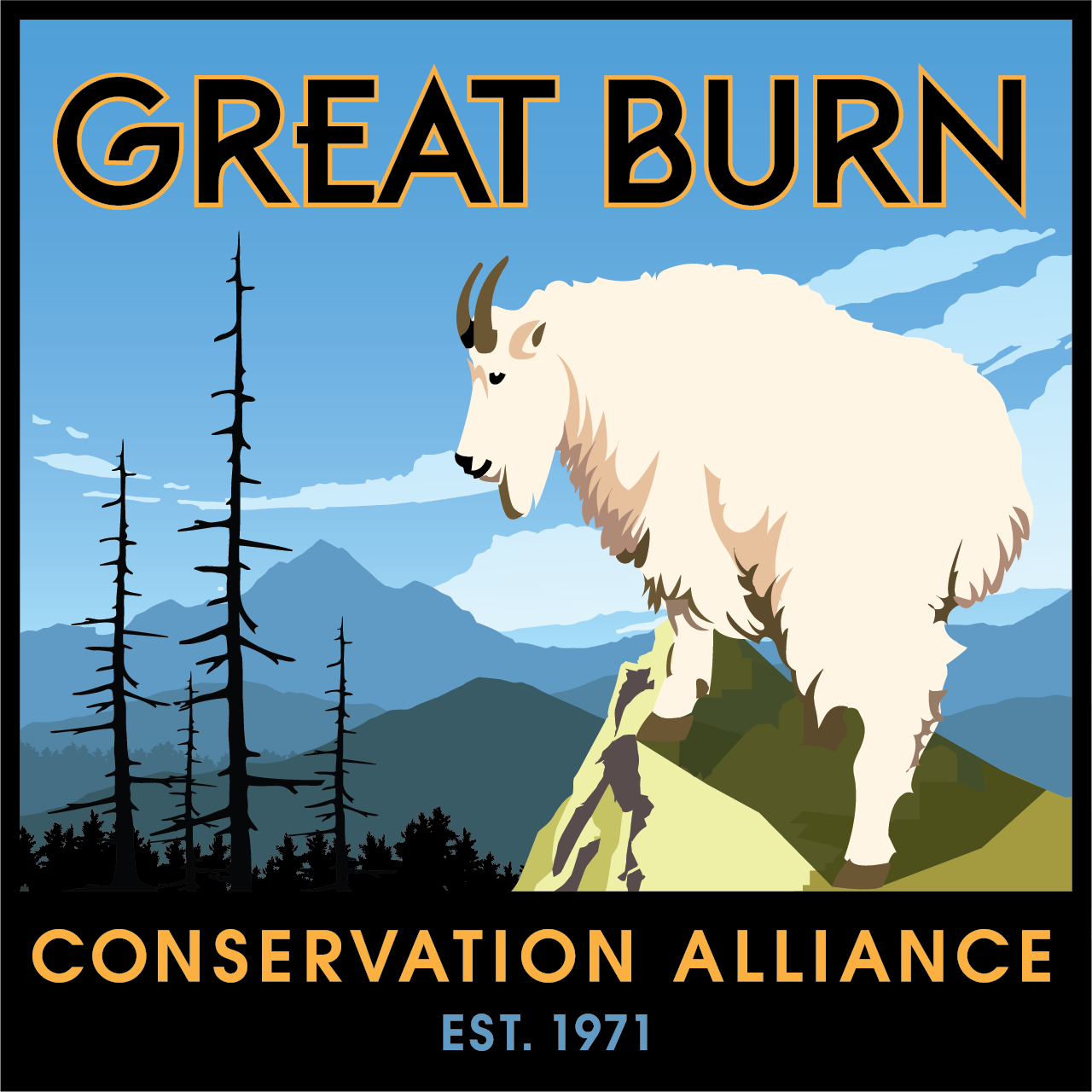The Missing Piece
In 2007, a grizzly made its way from northern Idaho into the Proposed Great Burn Wilderness—the first documented grizzly here since the 1950s. The event was a stark reminder that the place we work to protect is not only worthy in its own right. It’s also part of a much larger, connected landscape that many species depend upon.
Our mission area lies at the center of a 1.9 million acre roadless region, the largest wildlands complex in the continental United States. This region provides a critical wildlife corridor connecting the Crown of the Continent and Selkirk-Cabinet-Yaak ecosystems with central Idaho’s wildlands and the Greater Yellowstone Ecosystem.
Although a number of wild places connect this corridor from north to south, the Great Burn is one of the only links from west to east. It is one of the last remaining large landscapes in the continental U.S. that remains unprotected.
Making connections
Want to learn more about habitat connectivity? Liz Bradley from Montana Fish, Wildlife and Parks explains why the Great Burn is such an important corridor for wildlife.


